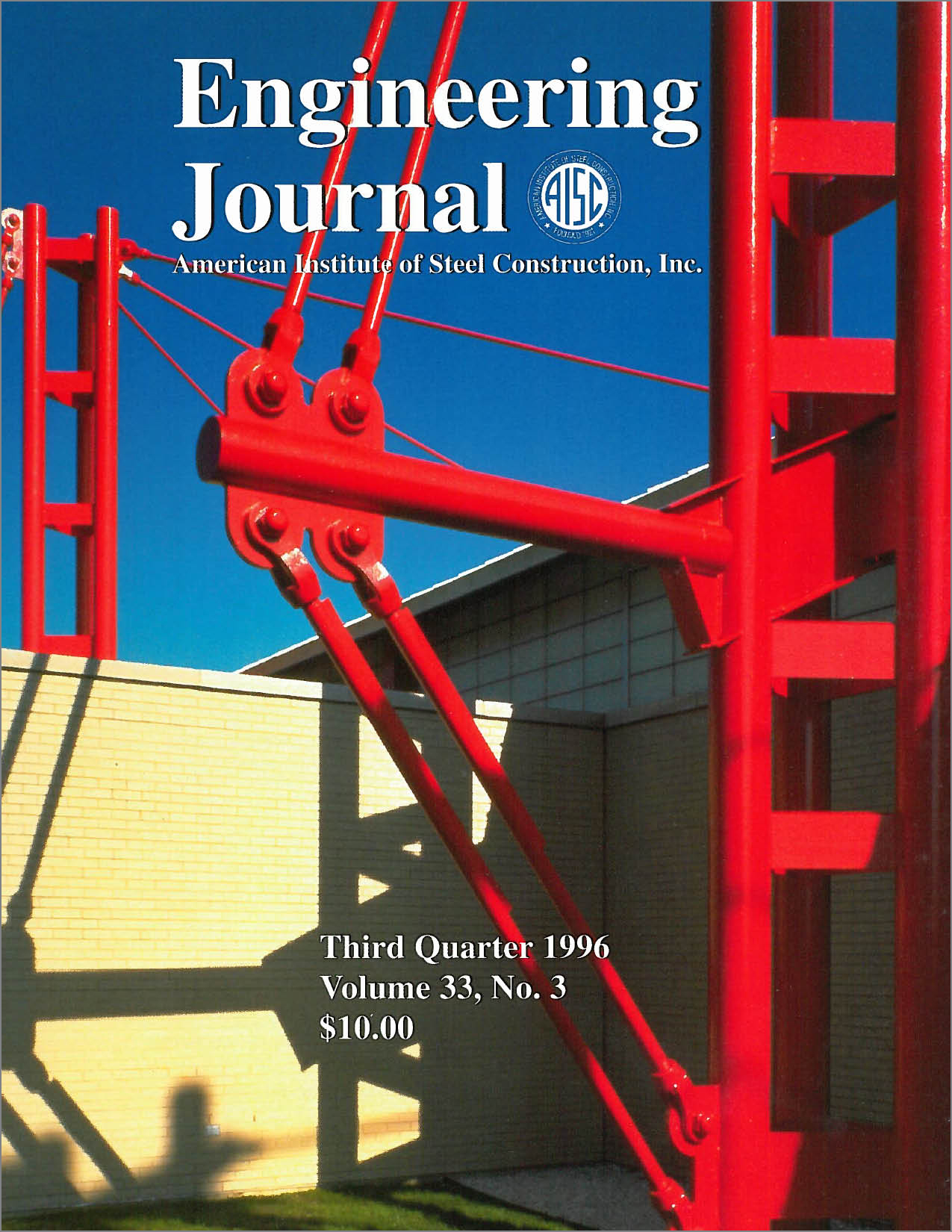Designing With Structural Tubing
DOI:
https://doi.org/10.62913/engj.v33i3.666Abstract
Although the use of structural tubing as truss members and columns in building construction continues to increase in the U.S., it has not reached the proportion found in some countries where it approaches half the structural steel tonnage. Many designers still think of structural tubing as a new product, even though round tubes were used in some of the earliest steel structures. Steel design specifications were primarily developed from experience with hot-rolled sections and it was not until the late 1940s that criteria for circular tubes appeared in U.S. design specifications. Technology for efficiently mass producing square and rectangular structural tubes has developed in the past few decades, generating research on member and connection behavior with subsequent development of design criteria. There are a few characteristics of square and rectangular HSS that cause some member design consideration to differ from those of open profile sections. First it must be recognized that only cold-formed welded HSS are readily available in the U.S. These sections have good structural properties, although the thicknesses will usually be less than the nominal value. It should be recognized that many of the sections are thin-walled and require appropriate design criteria for columns and beams that reflect local buckling. Design criteria must also prevent local buckling when the HSS are used as braces in seismic applications. Except in an unusual situation or when plastic analysis is used, HSS beams do not require lateral bracing.

